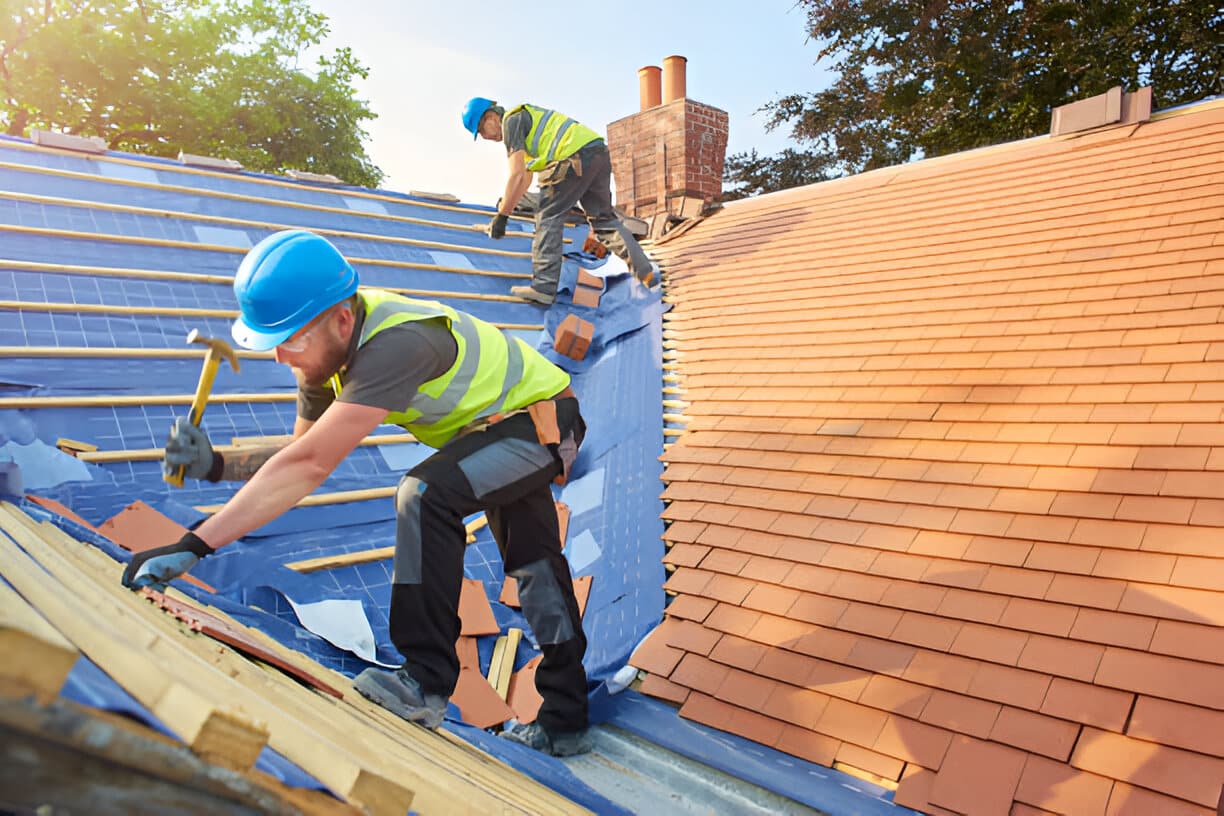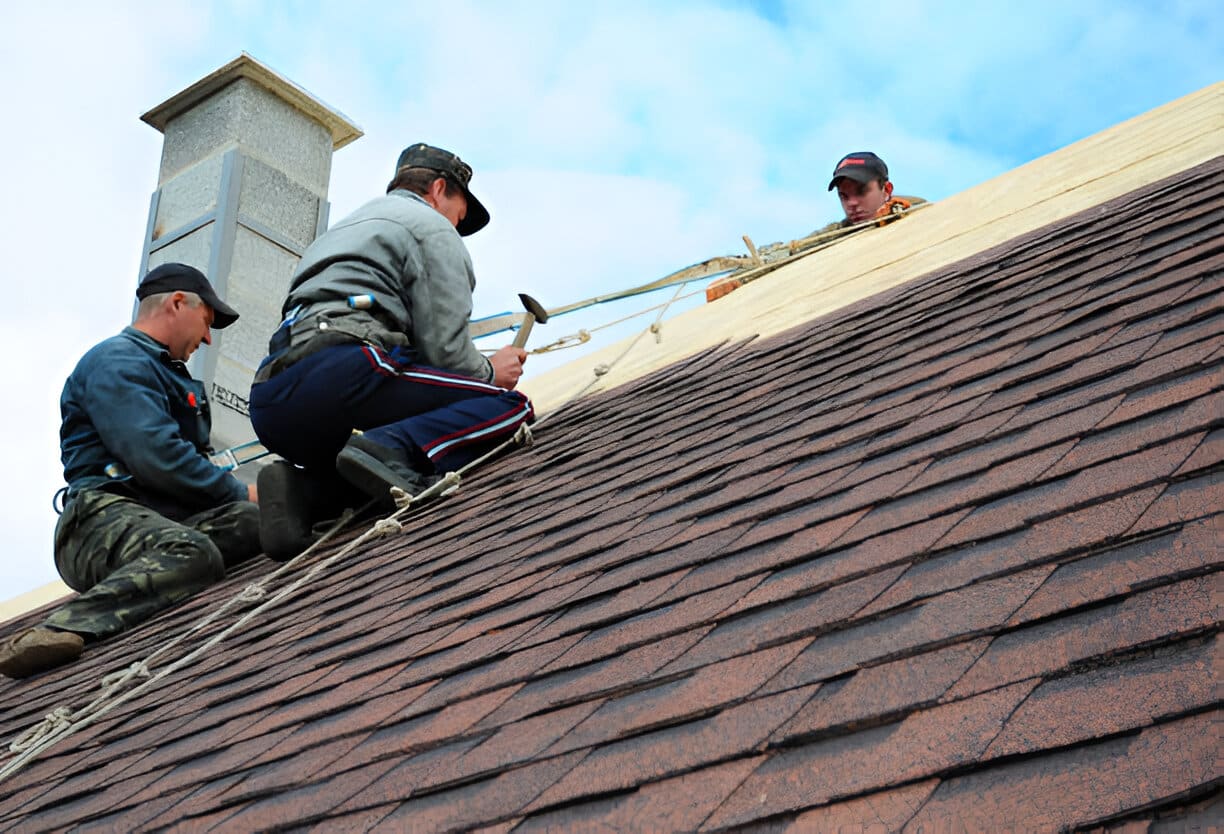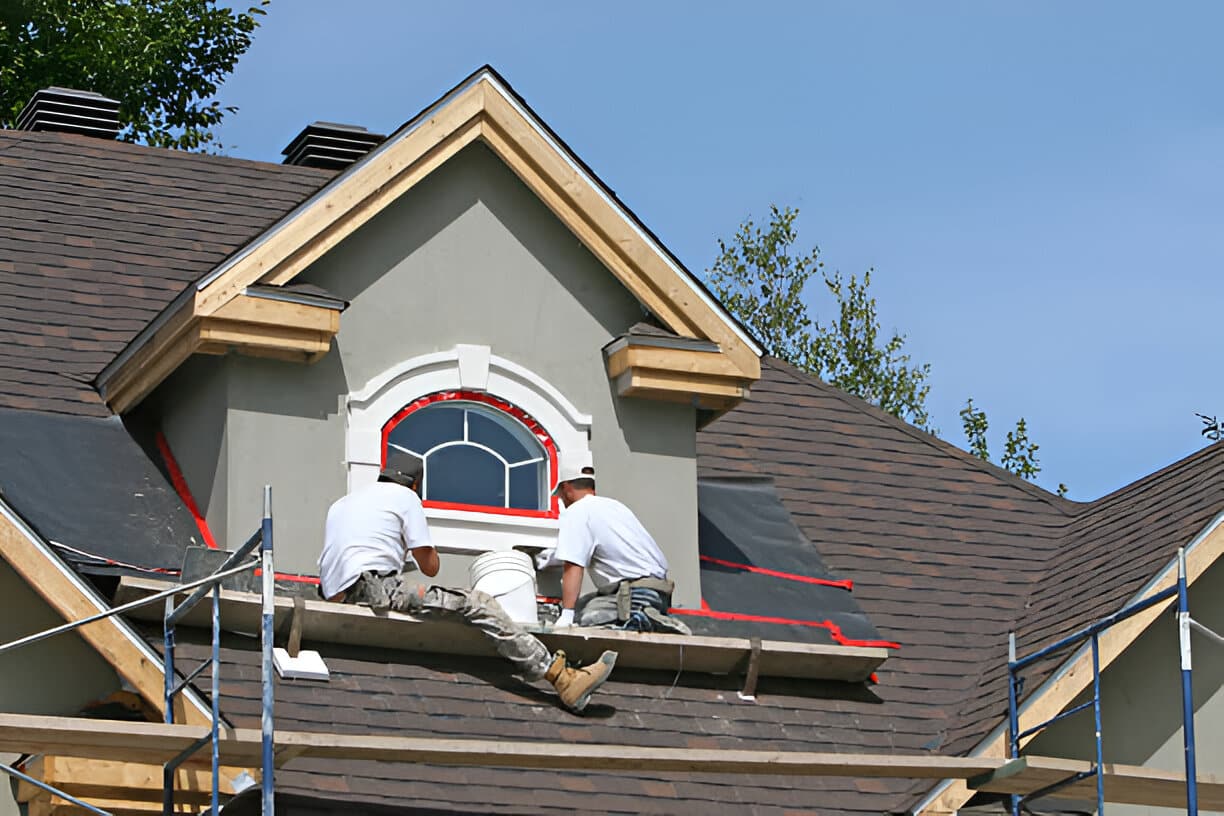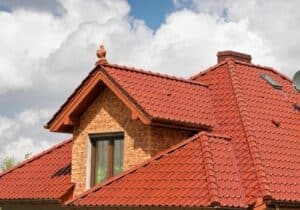
The reason why homeowners are hesitant towards deciding to get the roof replaced by themselves is that it’s costly. Homeowners are dedicated to finding ways to make roof replacement affordable in Maryland.
And while they save a few hundred bucks on the roofing material, in the long run, the increased cost due to overworked HVAC systems makes a bigger dent in the pocket. That’s why, when getting your roof replaced, along with affordability it’s equally important to consider the efficiency the roof delivers. It will save you a lot of money in the long run.
If you’re getting your roof replaced in Maryland and wondering “How do I make my roof energy-efficient”, worry not. Here are 5 ways to make your home energy efficient.
Consider Your Roof Material
Roofing material is the most obvious aspect of a roof replacement that affects the temperature of the house.
While asphalt shingles are a popular choice among homeowners when getting their roofs replaced, as it turns out, they may not be the most energy-efficient. Metal roofing like standing seam metal roofing on the other hand is much better. Metal roofing comes with a coating that reflects the light from the sun keeping the temperature of your house cooler, and due to its insulating properties maintains warmth in winters.
The reason people don’t gravitate towards metal roofing is that it can be slightly expensive when compared to asphalt roofing. But, given the energy costs they save in the long run & the fact that they last a dozen years more than regular shingles, you save much more over a span of decades.
Your local Maryland roofing company can help recommend the right roofing material for your needs.
Roof Color Plays a Role in Home Energy Efficiency

As you might have noticed, your bike seat tends to get very hot in the summer, primarily because it’s black. That’s because darker colors attract and store more heat than lighter colors. So why not put this property to use when deciding the roof color?
If you live in a colder place, you might consider getting a roof with a darker color. Darker colors absorb heat keeping the house warmer & also quickly releasing the heat to make the snow above melt faster. On the other hand, a lighter shade traps less heat, which is a perfect setting if you live in a sunny place. A lighter roof reflects the light from the sun and does not let it transfer inside the home.
Never Forget About Insulation
Many homes in America have a poorly insulated attic & this is something you should avoid.
In summers, a poorly insulated attic can trap heat inside and consequently raise the temperature of the entire house. On the contrary, cold wind can enter the attic in the winter and cause the house to become cold.
If you want to save on the cost of maintaining an appropriate room temperature, you should insulate your roof as soon as possible. The insulation acts as a barrier and prevents heat or cold from entering the attic. The best time to get the insulation done is during a roof replacement, but the conditions aren’t mandatory. Even if you have an old roof & think it’s poorly insulated you should get it insulated immediately.
Ventilation Improves Roofing Energy Efficiency
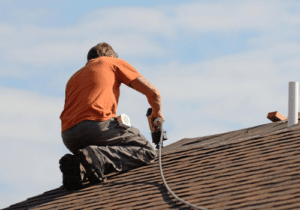
If you live in an area where you see a lot of sun throughout the year, then an insulated roof will only take you so far. What your roof needs is ventilation, the flow of air in and out to regulate the temperature.
Setting up a ventilation system isn’t that difficult either. All you need to do is to install intake vents- that draw the air inwards to the attic, in the lowest part of the roof. Further, you need to install exhaust vents, complemented with a fan, on the top of the roof. With this system in place, the air is drawn in from the lower vent and warmer air is pushed outside through the upper vent, maintaining proper airflow. This not only maintains the temperature of the house but also increases the life of the shingles above the attic.
Solar Roof Is Very Beneficial
Solar Shingles are made of solar cells that convert sunlight into electricity. They’re highly durable and usually last around 30 years.
When you install solar shingles, all the electronics in your house are powered by the energy generated from the solar roof. This way you will save a lot of money on regular electricity bills. If your house produces enough energy to store after usage, then you can even charge your electric car & save money there too.
These shingles, along with being energy efficient, complement the aesthetic of your house really well. Unlike solar panels, they aren’t chunky and ugly, but clean and neat. Additionally, they are very capable of handling harsh weather conditions and they last for many decades. To top it all off, you’re also doing your part in saving the environment by using clean renewable energy.
The only reason people are slightly hesitant about installing a solar roof is the costs. It’s true that they can be expensive, but remember that’s just the initial cost. In the long run, you will make up for the extra cost and save thousands of dollars additionally.
If you employ all the five ways mentioned here, you’ll be making your home highly energy efficient. But remember to consult a professional roofing company before making any major changes as they’ll be able to guide you much better depending on the geography of your location.

